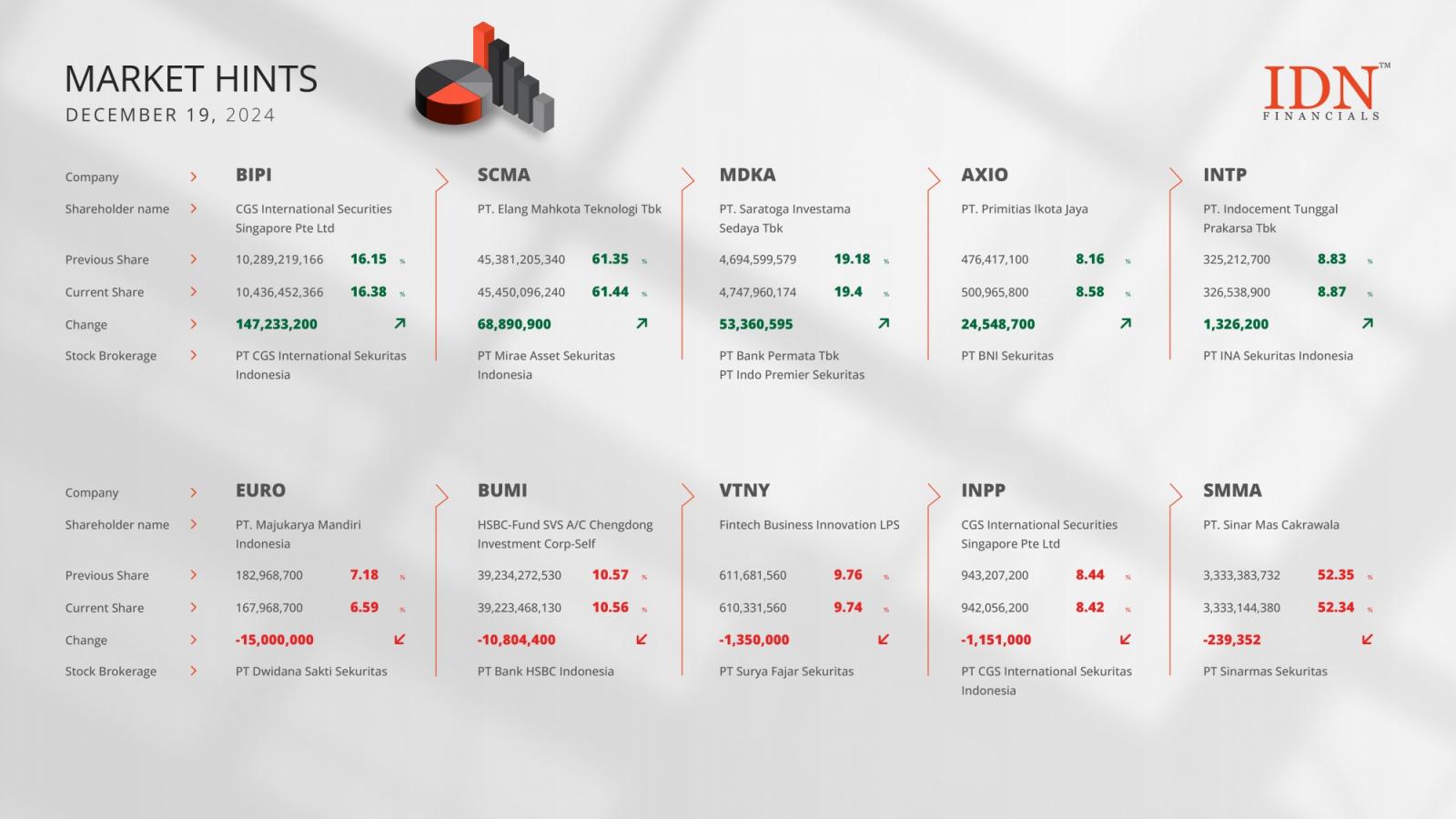Bitcoin futures have witnessed a surge in net short interest, primarily attributed to the growing popularity of a market-neutral strategy known as the basis trade.
Basis trade, which aims to capitalize on discrepancies between spot and futures markets, likely accounts for a significant portion of the short interest in approximately 18,000 CME Bitcoin futures contracts.
“The popularity of the basis trade can be observed through the short interest on CME BTC futures held by hedge funds. There is over $7.5 billion in net-short futures currently,” Ravi Doshi, the head of markets at prime broker FalconX, told Bloomberg.
“In 2021, when BTC basis was significantly higher than it is now, the peak short position was only $2B.”
Basis Trade Strategy Gains Popularity in Crypto
The basis trade has gained traction in the cryptocurrency space since the launch of spot Bitcoin exchange-traded funds (ETFs) in January.
Traders can now buy these ETFs and sell futures representing Bitcoin at higher prices, profiting from the price differences.
The availability of ETFs has simplified the execution of this trade, as it can be conducted through regulated brokers, streamlining what is known as a cash-and-carry strategy in crypto markets.
Hedge funds are taking record net short positions on Bitcoin.
These are institutional investors that manages billion of dollars and are bearish on $BTC.
They are still buying Spot ETF but are still short.
This is a common position hedge for institutional investors.
It is… pic.twitter.com/sMKN09x6xf
— arndxt (@arndxt_xo) June 8, 2024
The surge in short interest in futures aligns with a resurgence in demand for spot Bitcoin ETFs, which collectively hold over $61 billion in assets.
However, while the basis trade currently enjoys popularity, it should not be misconstrued as the primary driver behind flows into the ETFs.
“The popular angle that ETF flows are offset by CME shorts is wrong. The organic directional demand is the key source behind the strong ETF flow, not traders motivated by the chunky futures premium arbitrage,” Vetle Lunde, a senior analyst at K33 Research, said.
The basis, which represents the difference between spot and futures prices, was substantially higher from late November until mid-March, averaging around 20% annualized with a minor dip in February.
Since then, the premium has hovered between 11% and 16% in recent weeks before declining to approximately 6% at present.
Basis Trade to Complicate ETF Flow Landscape
Nonetheless, the popularity of the basis trade can complicate the interpretation of short-term ETF flow data when assessing investor interest in the asset class.
While the funds have seen significant net inflows of $15.6 billion since their launch in January, they recorded outflows of $65 million on Monday, according to data from Farside Investors.
“Net BTC ETF inflows are scrutinized daily, yet those inflows do not always represent organic demand for BTC,” adds FalconX’s Ravi Doshi.
In the preceding week, BTC spot ETFs had consistently observed strong inflows, with net inflows recorded on each trading day.
The total net inflow for the week amounted to approximately $1.83 billion, reaching levels of demand not seen since early March, Matteo Greco, a research analyst at digital asset investment firm Fineqia International, said in a recent note.
The cumulative net inflow since the inception of these ETFs has now reached a record high of about $15.7 billion.





